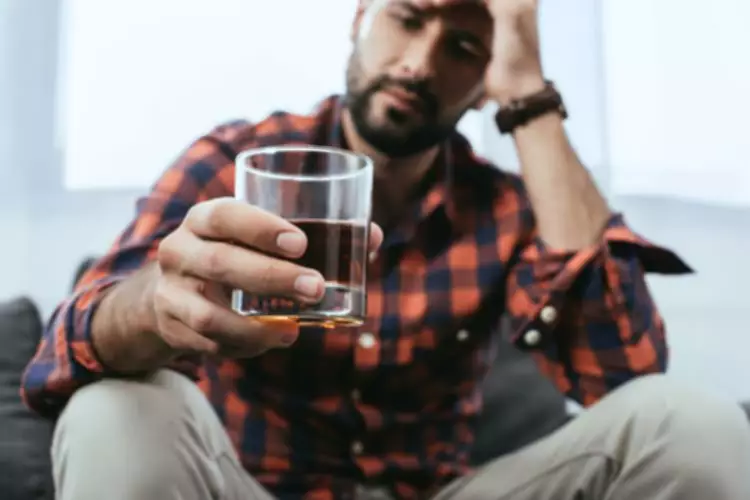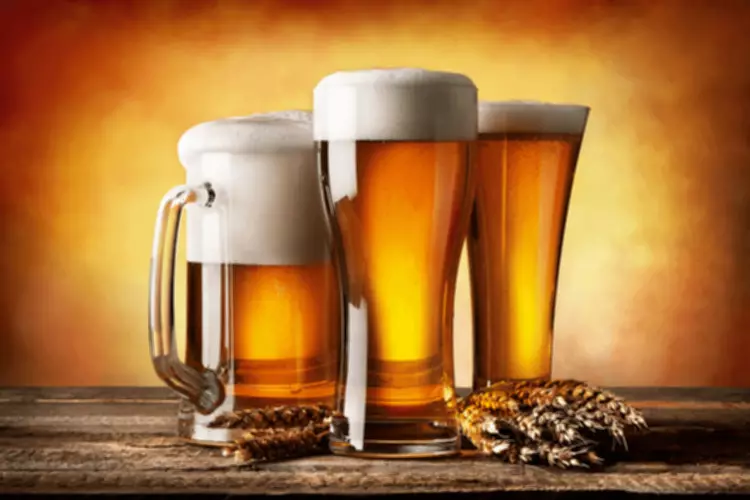Opioid Use Disorder > Fact Sheets > Yale Medicine

People with substance use disorders may go to hospital emergency rooms because they are in crisis due to physical or emotional distress. Most hospitals provide an evaluation and assess the patient’s primary need, and then connect the patient to treatment. The hospital may admit someone who also has a significant medical problem in addition to the opioid use disorder. If you’re taking opioids and you’ve built up a tolerance, ask your healthcare professional for help. Other safe choices are available to help you make a change and keep feeling well. Don’t stop opioid medicines without help from a healthcare professional.
Common approaches used in treatment
The person with the opioid use disorder may decide on outpatient treatment or enter a rehabilitation facility for more concentrated therapy. An opioid overdose can happen when a person takes too much of an opioid or a combination of opioids and other drugs. CBT can also help manage other co-occurring mental health conditions a person with OUD may have. Heroin is often easier to get than opioids that are meant to be prescriptions. Lately, powders and pressed pills that are illegally sold as heroin, cocaine, crystal meth or even prescription opioids pills actually contain doses of fentanyl that are very dangerous and often deadly. About 45% of people who use heroin started with misuse of prescription opioids.
Study of Telehealth Treatment for Opioid Use Disorders
OUD affects more than 2 million people in the U.S., including 3% to 20% of people using prescription opioids. However, those taking prescription opioids aren’t the only people at risk for developing OUD — anyone using opioids can become addicted. This rise in opioid overdose deaths can be outlined in three distinct waves. Talk with a doctor to find out what types of treatments are available in your area and what options are best for you and/or your loved one.
What are opioids?
- WHO supports countries in improving the coverage and quality of treatment programmes for opioid dependence and introducing them where they do not already exist.
- The medications methadone and buprenorphine can be used to help reduce the cravings for opioids and prevent withdrawals.
- Opioids are a class of drugs that derive from, or mimic, natural substances found in the opium poppy plant.
- Since 2017, Congress has spent over $10.6 billion to address the opioid crisis, and lawsuits filed against drug manufacturers, distributors, and pharmacies have awarded nearly $50 billion to state and local governments.
- Opioids can be made from the poppy plant — for example, morphine (Duramorph, MS Contin, others).
Naloxone (commonly known by the brand name Narcan®) is a drug that treats the overdose immediately. Naloxone can reverse the effects of an opioid overdose if it’s given to the person quickly. Medical attention is still urgently needed after the administration of naloxone. Talk to your children about how dangerous opioid drugs can be and why it’s important to use them (and all other medications) only as prescribed. If you think you or your child may be using opioids nonmedically or are developing dependence, seek help as soon as possible.
- Training in administration of naloxone for a loved one with substance use disorder is offered in most communities.
- Heroin overdose deaths increased five-fold between 2010 and 2017, from 3,036 deaths to 15,482.
- Another medication, naltrexone, blocks the effects of opioids so that they don’t provide any type of high or pleasurable feeling.
- Opioid addiction is similar to other chronic relapsing conditions; signs and symptoms can be severe, and treatment adherence is often problematic.
How is opioid use disorder treated?

This may further improve a patient’s chances of successful OUD management. As of December 2022, the MAT Act eliminated the DATA-Waiver (X-Waiver) program that was previously required to prescribe medications for the treatment of OUD. All DEA-registered practitioners with Schedule III prescribing authority may now prescribe buprenorphine for OUD in their practice if permitted by applicable state law. Prescribers previously registered with a DATA Waiver will receive a new DEA registration certificate reflecting this change without further action. Additionally, there are no longer limits on the number of patients with OUD that a practitioner may treat with buprenorphine or tracking of patients treated with buprenorphine required. Pharmacists can now dispense buprenorphine prescriptions using the prescribing authority’s DEA number.


Other times this can come from discussions with concerned family and friends. An increased risk for bone fractures has been found to occur in people with opioid abuse. This could be due to some weakening of the bones or also because people who abuse opioids may be at an increased risk of falling. When opioids are misused, and taken in doses or frequencies higher than they are prescribed for, there is a potential for opioid abuse and addiction.
- Treatment can counteract addiction’s powerful effects on their brain and behavior.
- Opiates occur in nature, though they can still be very dangerous in their purified and concentrated forms.
- Some people use opioids because of the euphoria (“high”) they can produce.
- Treatment may save a life and can help people struggling with opioid use disorder get their lives back on track.
- So many have been able to rebuild relationships with people they care for, contribute again to society, and regain a sense of purpose and meaning in their lives.
Seek immediate medical help if you or someone you know is experiencing an opioid overdose. Likewise, seek medical help if you or someone you know has developed an opioid drug addiction. Victims of overdose should receive Naloxone, an FDA-approved “rescue drug” that counteracts the life-threatening effects of an overdose. This article will review the signs of opioid abuse, the effects and dangers it can cause, as well as how it can be treated and prevented.
What led to the opioid crisis—and how to fix it
In this Big 3 Q&A, Howard Koh, professor of the practice of public health leadership and a member of the Commission, discusses factors contributing to the crisis and recommendations on how to curb it. You can reduce your risk of dangerous side effects by following your doctor’s instructions carefully and taking your medicine as prescribed. Make sure your doctor knows all of the other medicines and supplements you’re taking. Talk with your doctor about the pros and cons of using opioids for pain relief.
USAFacts is a not-for-profit, nonpartisan civic initiative making government data easy for all.
The second wave of the opioid epidemic began in 2010 with increased heroin abuse. Since 2017, Congress has spent over $10.6 billion to address the opioid crisis, and lawsuits filed against drug manufacturers, distributors, and pharmacies have awarded nearly $50 billion to state and local governments. The JEC determined that determined that https://ecosoberhouse.com/ the opioid epidemic cost the US economy an estimated $1.5 trillion in 2020 alone. Although OUD can manifest in a variety of ways, there are some signs to look for and risk factors that can help predict the likelihood of developing OUD. The information on this site should not be used as a substitute for professional medical care or advice.
Opioid Withdrawal Treatment (Detoxification)
You may have a strong desire to continue using opioids to continue the feeling. Narcotics are a class of drugs that are chemicals — natural or synthetic — that interact with nerve cells and have the potential to reduce pain. Opiates occur in nature, though they can still be very dangerous in their purified and concentrated forms. It signs of opioid addiction is inspiring to celebrate the estimated 25 million people who are in recovery. So many have been able to rebuild relationships with people they care for, contribute again to society, and regain a sense of purpose and meaning in their lives. In the midst of this terrible crisis, that’s what gives me the greatest hope for the future.